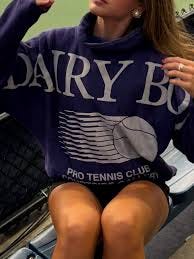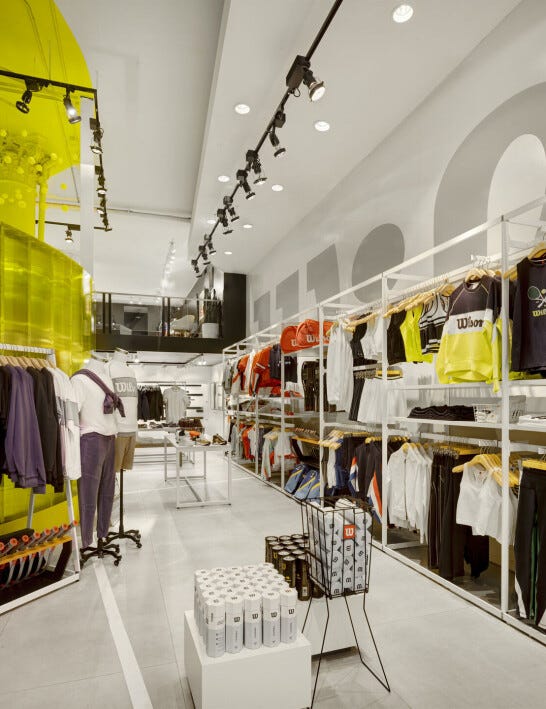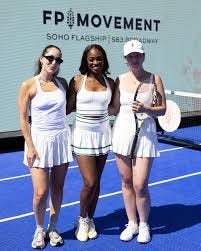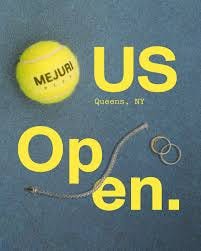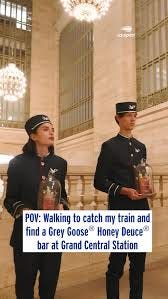The US Open is about tennis on paper.
But this year in New York, the real action was off the court.
SoHo turned into a runway. Hudson Yards became a fan village. Grand Central poured cocktails.
The city wasn't just hosting a tennis tournament; it’s been a masterclass in how brands hijack culture.
And the tool they all used? Merch.
Not the cheap giveaway kind. Story-driven, wearable, collectible merch that made fans part of the moment.
Problem: Most brands sit on the sidelines
Too many companies think culture is "for the big guys." Unless you're Nike, Rolex, or Heineken, you assume you can't play on that stage.
So you sit out.
You run a banner ad, maybe a social post, and hope people notice.
But fans don't remember posts. They remember what they wear, drink from, or carry home.
Dairy Boy's Pop-Up
The Move: She launched a tennis-inspired capsule in SoHo, complete with nods to Princess Diana's iconic looks.
The Result: Fans didn't just shop, they wore the story.
Lesson: Tie your brand story to personal narrative plus culture. Then let the merch walk it into the world.
Wilson's Immersive Store
The Move: A heritage racket brand built a pop-up tennis clinic plus art installation. Fans could demo rackets, buy collabs, and walk away with giveaways.
The Result: People didn't just browse Wilson. They played Wilson.
Lesson: Merch isn't about stuff. It's about turning spectators into participants.
FP Movement's Tennis Takeover
The Move: Pilates with Morgan Riddle, tennis clinics at Seaport Racquet Club, branded apparel at every step.
The Result: Fitness plus fashion plus fandom collided. Fans got a lifestyle, not just leggings.
Lesson: Design merch to feel aspirational. People don't want your logo. They want to belong to your world.
Mejuri PLAY
The Move: Fine jewelry on the court. A capsule collab with Made Some Sportswear. A zine with Racquet Magazine.
The Result: Jewelry became part of tennis culture. The capsule wasn't just merch; it was a movement.
Lesson: Merch expands relevance. Use it to say, "We belong here too."
Honey Deuce at Grand Central
The Move: The US Open's signature cocktail escaped the stadium. Frances Tiafoe poured drinks while fans carried branded cups out into the city.
The Result: The plastic cup became the star. People snapped photos, saved them, and spread the experience.
Lesson: Meet fans where they are. Sometimes the most powerful merch is a $2 cup that carries the story everywhere.
My Take
Every one of these brands used merch as the bridge between culture and community.
The playbook isn't complicated:
Anchor to culture. Don't invent hype, tap into it.
Make it tangible. If people can't carry it, they'll forget it.
Tell a story. A shirt, a cup, a zine, each can say who you are.
Design for the replay. If it's photogenic, it lives twice: in real life and on Instagram.
Your Move
When your brand gets its next big cultural moment, whether that's SXSW, Art Basel, or your own user conference, ask one question:
What's the one thing fans can take home that keeps telling our story long after the event ends?
Because the real winners at the US Open weren't the players.
They were the brands whose merch turned a tennis match into a memory.
